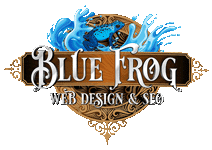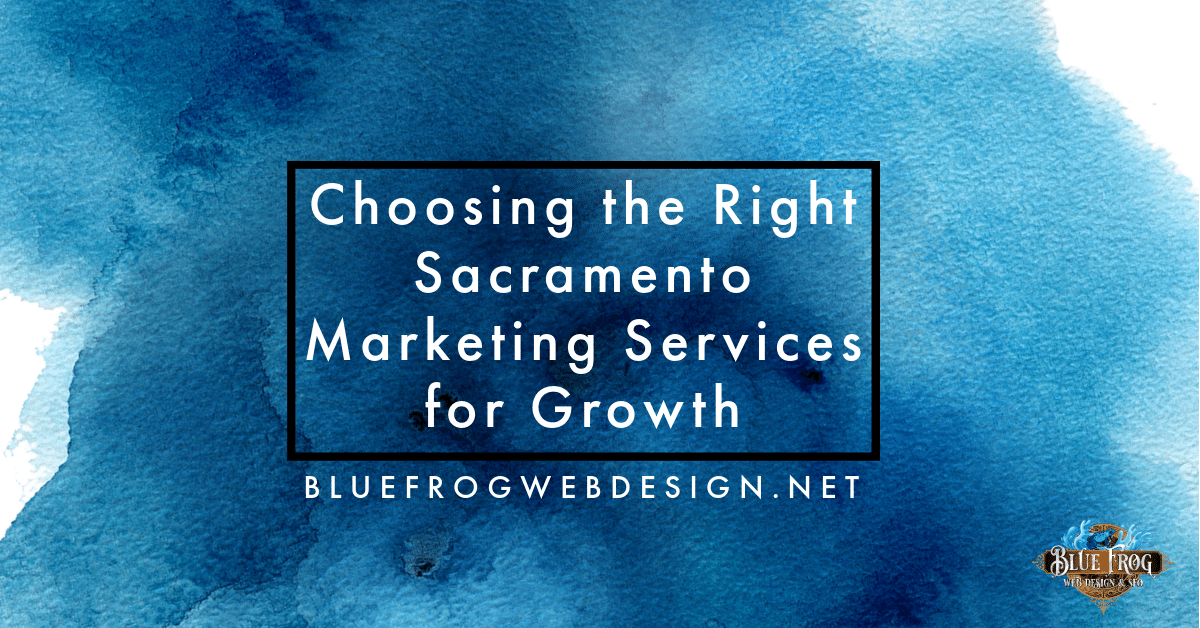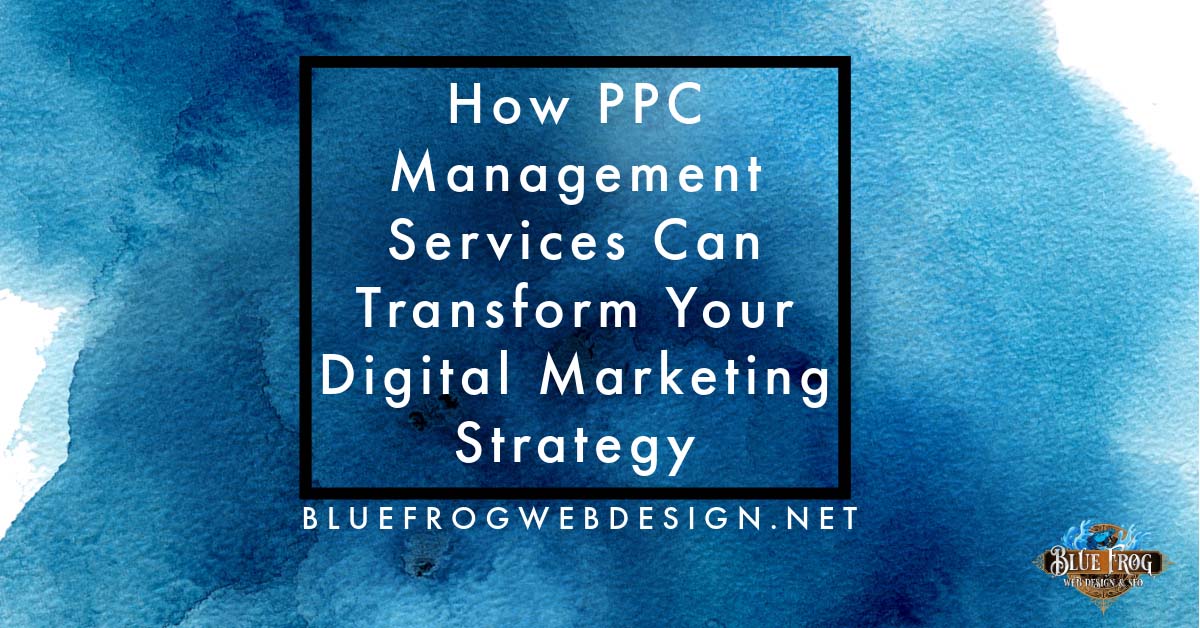
As businesses strive to stay ahead and get enough audience attention, we can see an increased focus on maximizing conversions through strategic content updates. Therefore, we will look at the crucial role of content evolution in driving conversion rates. So, if you have old content that isn’t working anymore, get ready to learn useful tips that can give your website a new shine. Let’s unravel the strategies that can elevate your online presence and lead to tangible conversion growth.
Understanding Your Audience
Maximizing conversions through strategic content updates begins with a comprehensive understanding of your audience. Start by defining your target audience and making an ideal customer profile. Try to go into detailed profiling and don’t just focus on demographics. Instead, look closely at how customers and website visitors behave to understand their motivations and pain points. Implement customer segmentation strategies to categorize your audience based on shared characteristics, enabling more precise targeting.
Conduct thorough audience research to identify preferences and needs within each segment. Gather data on user behavior using analytics tools, discerning which content resonates most with specific groups. This granular approach allows you to tailor content updates, ensuring they align with the unique expectations of each segment. By refining your strategy based on customer segmentation, you not only enhance the relevance of your content but also pave the way for more personalized and effective conversion-driving updates.
Conducting Content Audits
Regular content audits are the backbone of a successful digital strategy. They provide a systematic way to assess your existing content’s performance and identify areas for improvement. Use tools like Google Analytics, SEMrush, or Moz to track key metrics such as page views, bounce rates, and conversion rates.
When conducting content audits, focus on identifying underperforming content. Look for pages with low engagement, high bounce rates, or outdated information. These insights will guide your content update strategy, allowing you to prioritize improvements where needed. In addition, assess the overall coherence of your content with your brand message and goals. For example, your company values can evolve and change over time. Revamp your old content so that it reflects what you stand for today.

Keyword Optimization and SEO
Strategically integrating relevant keywords involves stuffing your content with terms and understanding your audience’s search intent. Start by researching and identifying specific keywords and phrases your audience commonly uses. For example, Ahrefs or Google Keyword Planner can provide valuable insights into search volumes and competition for those phrases. Once identified, naturally integrate these keywords into your content, maintaining an engaging flow.
Understanding the role of SEO in increasing visibility is crucial for effective content updates. Google occasionally changes its algorithm, and you should stay current with what kind of content is currently in demand. Craft compelling meta titles, descriptions, and headers that incorporate your chosen keywords and entice users to click. Additionally, consider optimizing images with descriptive alt tags, enhancing overall accessibility and search engine recognition.
To balance keyword optimization and content quality, focus on providing valuable and informative content. Quality content not only satisfies search algorithms but also keeps visitors engaged. Prioritize user experience by making your website mobile-friendly. After all, mobile responsiveness is a key factor in search engine rankings. By implementing these actionable strategies, you enhance your website’s SEO and create a user-friendly environment that is excellent for maximizing conversions.
Updating Outdated Information
Neither your users nor search algorithms look kindly on outdated, misleading, or irrelevant information. What’s worse is that you can quickly lose the trust of your audience, and your website can get flagged by Google. Regularly review your content to identify information that may have become obsolete or inaccurate. Pay attention to statistics, product details, and industry trends. By promptly addressing outdated information, you safeguard user trust and demonstrate a commitment to providing reliable content.
Strategies for identifying and updating outdated information include setting up a content review schedule. Depending on your business type, these audits can be weekly, monthly, or yearly. Allocate specific times to reassess your content, ensuring all information remains accurate and relevant. Encourage user feedback to catch discrepancies or outdated details that might have slipped through the cracks. Also, consider using tools like Google Alerts to stay informed about changes in your industry, allowing you to update content as needed proactively. Balancing evergreen content with timely updates ensures that your audience receives enduring value and current, relevant information, contributing to sustained user trust and high ranking on SERPs.

Enhancing Readability and User Experience
User-friendly content is integral to boosting conversion rates. Optimize your content’s readability by using concise sentences and simple language. Break down complex ideas into digestible sections, and utilize headings and subheadings to enhance the overall structure. Additionally, employ bullet points and numbered lists for easy comprehension. These formatting tips cater to diverse reading preferences and contribute to a seamless user experience.
Incorporating multimedia elements is another powerful strategy to enhance user engagement. Design your website pages with images in mind, and consider how you will place the other page elements while leaving enough ‘white space’ for the content to breathe. Integrate relevant images, infographics, and videos to complement your textual content. Visual aids break the monotony of text and cater to different learning styles, making your content more accessible. Ensure that multimedia elements are properly optimized for fast loading times, providing your audience with a smooth and enjoyable browsing experience.
A/B Testing for Effectiveness
A/B testing is a pragmatic approach to refine your content strategy. Begin by selecting specific content elements, such as headlines, CTAs, or even layout variations, to test. Implement two versions (A and B) of the chosen element simultaneously, directing traffic evenly to both. This approach will help you write an effective Call to Action that boosts your conversion rate. However, you should analyze the results objectively by monitoring metrics like click-through rates, conversion rates, and engagement. This data-driven method lets you discern which version resonates better with your audience.
A/B testing also provides valuable insights into your audience’s preferences, enabling you to fine-tune your content strategy over time. Make informed decisions based on the results, implementing successful elements across your content. Remember that A/B testing is an ongoing process, and by consistently refining your approach, you ensure that your content remains optimized for maximum effectiveness, contributing to enhanced conversions through strategic updates.

Encouraging User Interaction
User engagement is pivotal for effective conversion optimization. Ensure your content prompts interaction by strategically placing clear and compelling call-to-action (CTA) elements. Whether it’s directing users to subscribe, download, or explore further, make your CTAs straightforward and visible. Use actionable language that resonates with your audience, emphasizing the value they’ll receive.
Go beyond static content by incorporating interactive elements. Try to make your content more engaging with features that users will love to explore and play around with. You can draw people in with content by creating polls, quizzes, or surveys encouraging user participation. Interactive content boosts engagement and provides valuable data on user preferences. Consider incorporating feedback mechanisms like comment sections or social media sharing to foster a sense of community around your content.
Measuring and Analyzing Conversion Metrics
Of course, if you are making changes to your website, you must also identify and track key conversion metrics. Start by defining your primary conversion goals—lead generation, product sales, or another specific action. Common conversion metrics include click-through rates (CTRs), conversion rates, bounce rates, and the average time spent on a page.
Leverage analytics tools such as Google Analytics, Adobe Analytics, or Hotjar to obtain comprehensive data for in-depth analysis. Track user journeys, understand where visitors drop off, and identify high-performing content. Utilize conversion funnels to visualize the user flow and pinpoint potential bottlenecks. These tools provide actionable insights into user behavior, enabling you to make informed decisions about your content strategy.
Key Takeaways on Strategic Content Updates
As you can see, mastering the art of maximizing conversions through strategic content updates involves a meticulous understanding of your audience, regular content audits, and a seamless blend of SEO tactics. The road to successful conversion optimization lies in a continuous cycle of refinement guided by insights gained from A/B testing and user feedback. You need to stop viewing content creation as a one-time endeavor but a dynamic process that demands adaptability and a keen eye on user behavior. By prioritizing these strategies, businesses can confidently navigate the evolving digital terrain, ensuring that every update serves as a catalyst for maximizing conversions and sustaining long-term success.
Picture Source:
https://pixabay.com/photos/office-notes-notepad-entrepreneur-620817/https://www.pexels.com/photo/photo-of-woman-wearing-denim-jeans-4100717/https://unsplash.com/photos/white-printer-paper-on-green-typewriter-cxoR55-belshttps://unsplash.com/photos/white-printer-paper-beside-silver-macbook-5ofa31FPKYY






Need help with your marketing?
Let my team help you like we’ve helped lots of other businesses dominate their rankings and attract better-quality leads.










